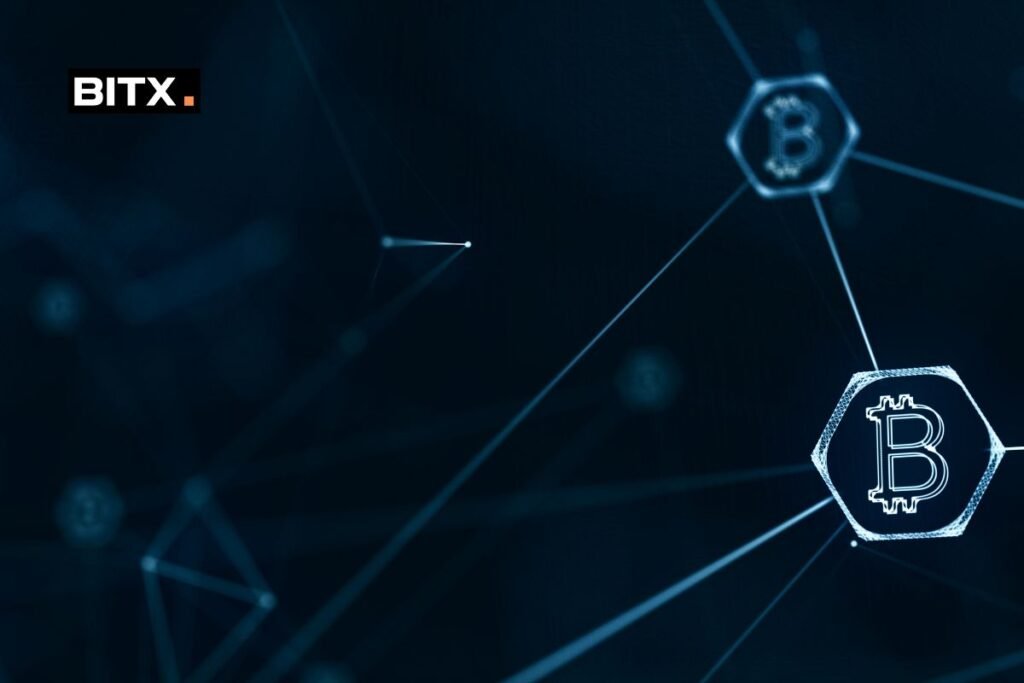Introduction
In the dynamic world of cryptocurrencies, the Bitcoin halving event is a highly anticipated occurrence that has significant implications on the digital asset’s price. This event, which happens every four years, signals a reduction in the reward miners receive for successfully verifying transactions on the Bitcoin network.
Understanding the Bitcoin Halving
The first section of our discussion revolves around understanding the mechanics of the Bitcoin halving. This process was built into the Bitcoin protocol by Satoshi Nakamoto, Bitcoin’s anonymous creator, to control the supply of Bitcoin and mimic the scarcity of gold. Every 210,000 blocks mined, the reward for mining a new block is cut in half.
Past Halving Events: A Brief Overview
Let’s delve into the history of Bitcoin halving events. As of now, there have been three halvings: November 2012, July 2016, and May 2020. In 2012, the reward dropped from 50 BTC to 25 BTC; in 2016, it halved again to 12.5 BTC. The most recent halving, in 2020, saw the reward further slashed to 6.25 BTC per block.
The Halving’s Impact on Bitcoin Price
The Bitcoin halving has a considerable influence on the price of Bitcoin. As the supply of new Bitcoins entering the market decreases, demand for existing Bitcoins may increase, thereby pushing the price upwards. These price movements, however, aren’t immediate; they are typically seen in the months and years following the halving event.
The Price Movement After the First Bitcoin Halving
Following the first halving in 2012, Bitcoin’s price remained relatively stable, averaging around $10 for the remainder of the year. However, in 2013, the price began a meteoric rise, eventually peaking at nearly $266 by December.While this rise can’t be directly attributed to the halving, it did occur within the three years following the halving.
The Impact of the Second Bitcoin Halving
The second halving in 2016 was followed by a period of stagnation. The price of Bitcoin hovered around the $600 to $700 mark for most of 2016 and 2017. However, in late 2017, the price skyrocketed, reaching an all-time high of almost $20,000 by December that year. This price surge can be linked to increased global interest in cryptocurrencies, but the scarcity created by the halving certainly played a role.
The Third Bitcoin Halving and Its Aftermath
The third halving in 2020 occurred during the COVID-19 pandemic, and the market was already volatile. Despite this, the price of Bitcoin began to rise steadily after the halving, reaching a new all-time high of over $64,000 in April 2021.
Predicting Future Price Movements
Looking ahead, it’s difficult to predict with certainty how the next Bitcoin halving will impact the price. However, historical trends suggest that prices may rise in the aftermath of the halving event. As we approach the next halving in 2024, it’s essential for investors to stay informed and make informed decisions based on current market conditions.
Conclusion
In conclusion, the Bitcoin halving has proven to be a significant event in Bitcoin’s history, driving price increases in the months and years following each occurrence. As we move towards the next halving, understanding this event and its impact can help investors make informed decisions about their Bitcoin investments.
